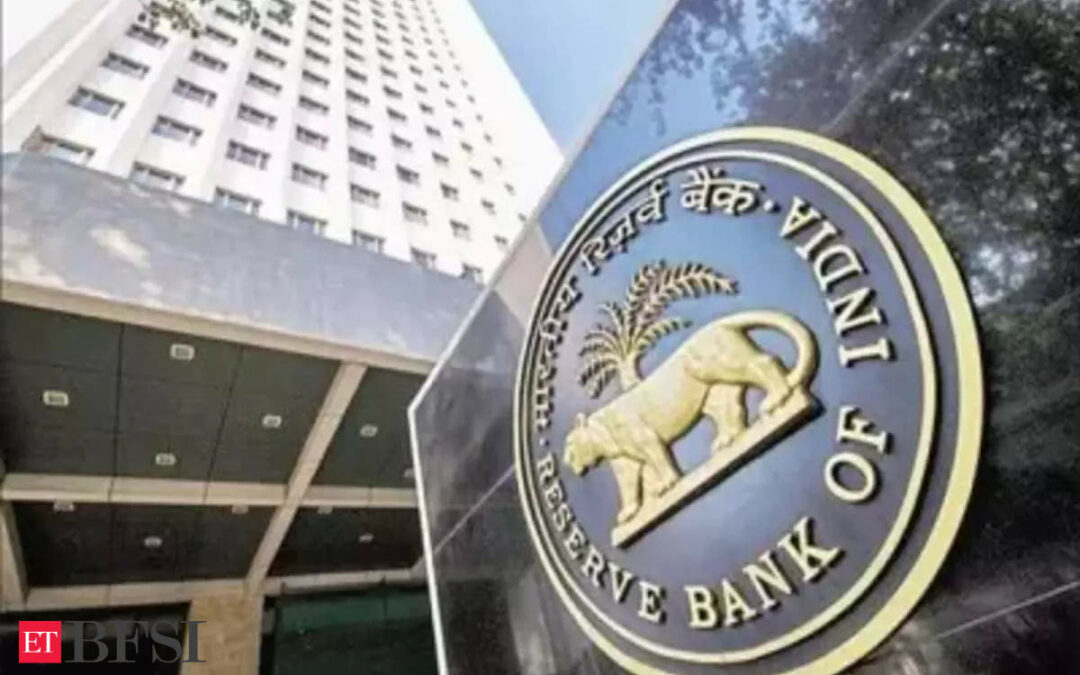MUMBAI: Markets worldwide may be keenly awaiting a return to lower interest rates, but a domestic derivatives gauge shows the Reserve Bank of India (RBI) is unlikely to start an easing cycle for at least six to eight months until policy experts believe they have decisively won the war against consumer inflation.
Overnight index swaps (OIS), the main financial instrument for hedging interest rate risks in India, are currently at levels that show no rate cuts until around the second quarter of FY25, market participants said.
“The two-year OIS at 6.55% would suggest to me rate cuts somewhere six months to nine months from now. June could be a tad early, so the August RBI policy or the October policy (in 2024) is when we could see rate cuts,” said Vikas Goel, CEO of PNB Gilts.
On Friday, the one-year OIS rate closed at 6.86% while the two-year OIS closed at 6.56%, Clearing Corporation of India data showed. The one-year and the two-year OIS are amongst the most liquid contracts in the market. OIS rates typically trade at a spread of around 25 basis points over where market players expect benchmark interest rates to be over a certain period of time. One basis point is 0.01 percentage point.
While the OIS instrument is also heavily influenced by movements in US government bond yields, stripping away the global factors, the current pricing shows that financial market players are not betting on the RBI’s repo rate coming down till the central bank heads closer to its 4% inflation target.
“For now, we continue to expect the RBI to change in stance in Q1FY25 and start its rate cut cycle only by Q2 of 2024. We believe that while RBI actions are likely to be aligned with the change in the global rate cycle (timing of the US Fed rate cuts), it is not a given,” wrote HDFC Bank’s Treasury Research team.
According to the latest projections provided by the RBI’s Monetary Policy Committee, consumer price index inflation is seen at 4% in July-September and 4.7% in October-December of the next financial year. The central bank has repeatedly emphasized that it needs to see a durable return to 4% inflation before it can consider any change in its current tight policy.
“OIS is showing no rate cuts over the next six months, but the one-cross one (rate), which is basically one year down the line, is suggesting that there could be a rate cut over the next year and some liquidity easing,” said Naveen Singh, head of trading at ICICI Securities Primary Dealership.
Market players said, however, that the pricing of OIS was suggesting that liquidity conditions in the banking system would ease in the next couple of months. The OIS pricing is derived from the Mumbai Interbank Outright Rate (MIBOR), which is in turn heavily influenced by liquidity conditions.
“The one-year would suggest liquidity getting normalised in the sense that the call rate should come within the 6.25-6.75% range fairly soon. Essentially, as soon as the next one or two months. It should be at around 6.50-6.60% for the one-year OIS to make sense at current pricing,” Goel said.
A potential pick-up in the pace of government spending and expected inflows into debt and equity markets at the beginning of the calendar year may lead to an easing in banking system liquidity.
Factors such as RBI steps on banks’ cash reserves, currency leakage during the festive season and the central bank’s market interventions have contributed to tight liquidity since August. Consequently, on several occasions, the call rate has been around 6.75-7.80% as against the repo rate of 6.50%.











